The Setup Dilemma Every Tech User Faces
You are installing your old computer with a new monitor and are asking yourself the old question: HDMI vs VGA, which one to use? Connecting an old computer to a new display or simply trying to figure out why you aren’t viewing as well as you should be, the difference between the right and wrong choice of connection can either make or break the viewing experience.
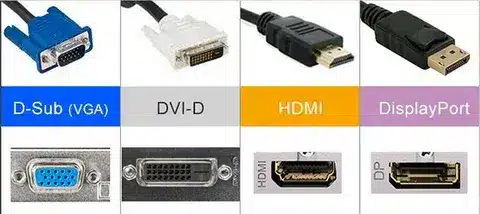
Through this detailed tutorial, we will not only identify the main differences between HDMI and VGA ports but also compare their advantages and drawbacks and assist you in choosing the right one based on your particular setup. The bottom line is that you will know the answer to what cable to pick in any circumstance.
What Is VGA? The Analog Veteran
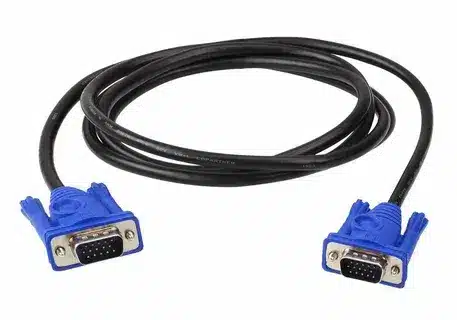
VGA is an analog video interface (Video Graphics Array) that has existed since 1987. This three-decade veteran was the gold standard of computer displays, and you can still find VGA ports on many older systems and low-priced monitors today.
VGA is an analog connection; therefore, it carries a video signal in continuous wave format. It generally allowed a resolution of 2048×1536 at 85 Hz, not bad at the time. But, since it is analog, the signal quality may be reduced when the cables are longer, resulting in an image that is less crisp and sharper in contrast with digital ones.
The 15-pin blue connector with fixing screws is the first item that anyone who has worked with older computers will immediately recognize. Although VGA has been a loyal companion through the years, it is being slowly replaced by digital options.
What Is HDMI? The Digital Standard
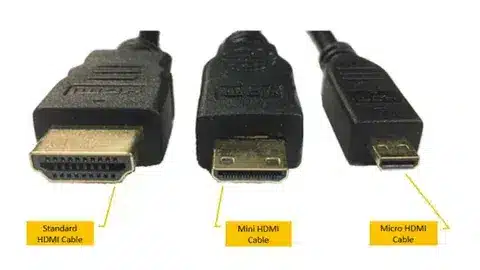
HDMI is the abbreviation of the High-Definition Multimedia Interface, a digital connection mechanism that changed the way we connect our systems. HDMI came into the market in the early 2000s and rapidly became the standard of modern televisions, monitors, game consoles, and computers.
The HDMI uses uncompressed digital signals in contrast to the analog method used by VGA, and therefore clones pixels without quality degradation. However, the best feature of HDMI is that the video and audio can be transmitted together using a single cable, and no separate audio connections are required.
Recent versions of HDMI have also added such advanced features as HDCP (copy protection), CEC (device control), ARC/eARC (audio return channel), so it is extremely flexible as a home entertainment application. The mini rectangular connector is also hot-pluggable, that is, you can plug and unplug equipment without necessarily shutting down the equipment.
Head-to-Head Comparison
| Feature | VGA | HDMI |
| Signal Type | Analog | Digital |
| Audio Support | Video only | Video + Audio |
| Maximum Resolution | 2048×1536 @ 85Hz | Up to 10K (varies by version) |
| Signal Quality | Can degrade with distance | Consistent digital quality |
| Connector Design | Bulky with screws | Compact, hot-pluggable |
| Cable Length | Limited by analog degradation | Longer runs possible |
| Modern Device Support | Legacy systems only | Universal standard |
| Setup Complexity | Requires a separate audio cable | Single cable solution |
Real-World Performance Insights
The practical distinction between VGA and HDMI is easily evident in normal applications. VGA is still sufficient to perform simple office tasks such as word processing or simple presentations, as many IT experts dealing with older corporate systems will tell you. These lower-demand applications can maintain the connection in place and working.
Nonetheless, HDMI offers significantly sharper pictures, higher quality colour, and does not introduce the slightest fuzziness that analog signals may. The difference is night and day when you are working with detailed graphics or viewing high-definition content, as one graphics designer who recently upgraded their setup explains.
At lower resolutions, such as 1024×768, the differences may not be immediately apparent to ordinary users. However, when you move further to 1080p and even higher, the better digital transmission of HDMI becomes very evident, as the text and rich colors become incredibly sharp and vivid in quality, which VGA would not be able to achieve.
When to Use Each Connection
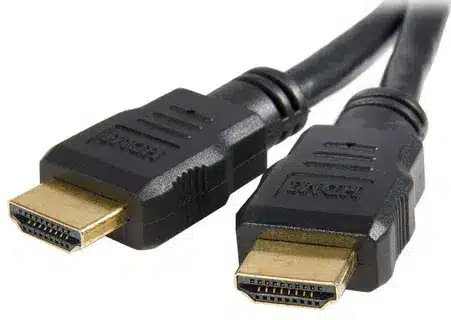
Choose VGA When:
- Operating with the old-fashioned computers or screens without HDMI connectors.
- Connecting older apparatus where high definition is not a priority.
- Financial limitations dictate the need to work with the available VIA infrastructure.
- Simple results – Basic text or low-resolution programs can be run using simple displays.
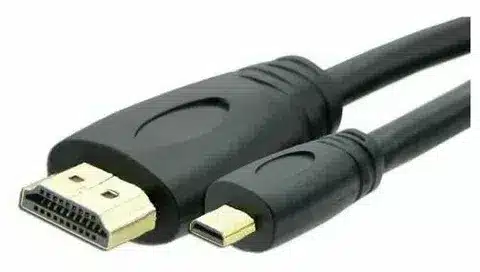
Choose HDMI When:
- You require pure digital values without loss in quality.
- Video reproduction is a quality thing.
- The same cable is needed to transmit audio.
- Connecting the new devices, such as gaming consoles, streaming devices, or even the latest generation computers.
- Resolution working beyond 1080p.
Pro Tip: When your devices do not have the same type of port, converters exist. Note, though, that VGA-to-HDMI converters demand active conversion (because you are converting analog to digital) and thus will add some delay to the signal, and might not be able to deliver the same quality advantages as a native HDMI connection.
Looking Ahead: The Future of Display Connections
It is foreseeable that HDMI will remain the consumer electronics leader in the foreseeable future. With every HDMI version, there is an increase in capabilities such as increased bandwidth, improved HDR, and an improvement in audio formats.
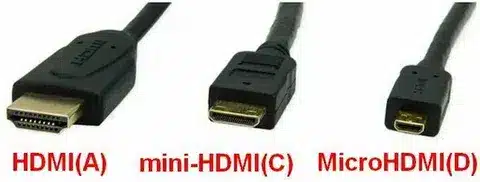
With that said, there are other interfaces that are taking hold in certain markets. DisplayPort is still being used in very high-end gaming and professional settings because of its high bandwidth and its ability to support numerous advanced features, such as adaptive sync technologies. DisplayPort Alt Mode USB-C is also slowly finding its way into laptops and mobile devices, providing a single port solution of power, data, and video.
The Bottom Line: Making the Right Choice
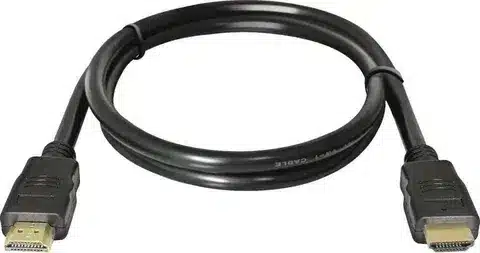
In the case of modern equipment and systems, HDMI is definitely the superior option. It provides better image quality, an integrated audio transmission, much higher resolutions, and a more reliable connection experience.
VGA is still only useful when we must be able to connect to older devices. When you are still operating on legacy systems or using outdated hardware, VGA may be the only solution available to you.





